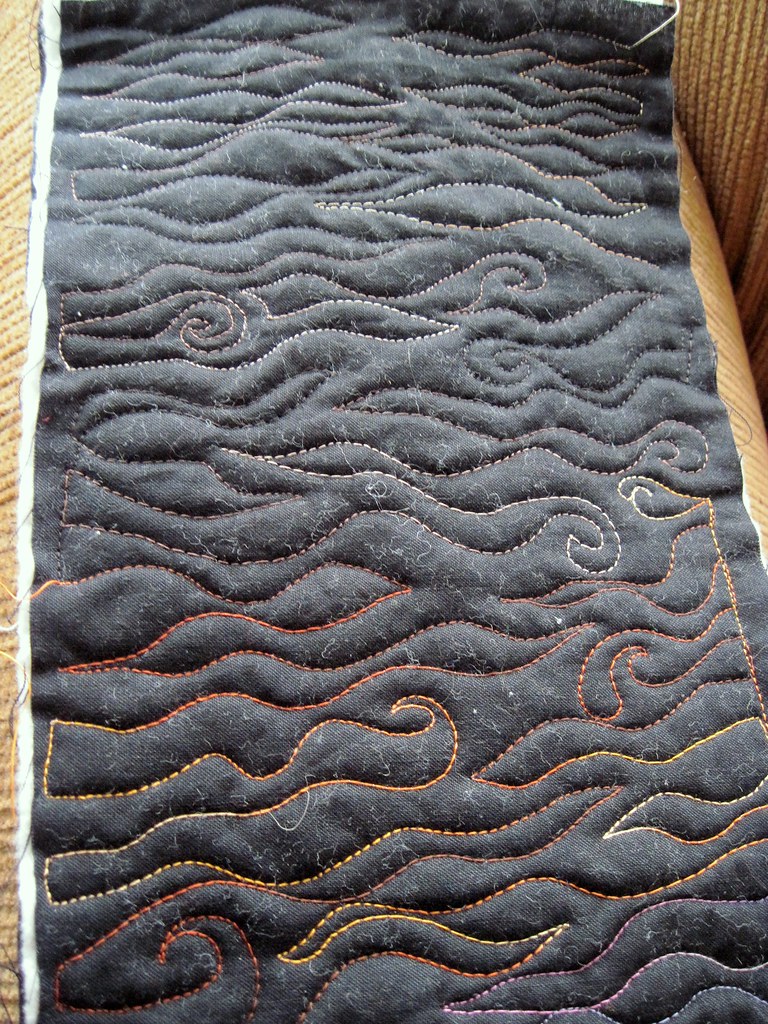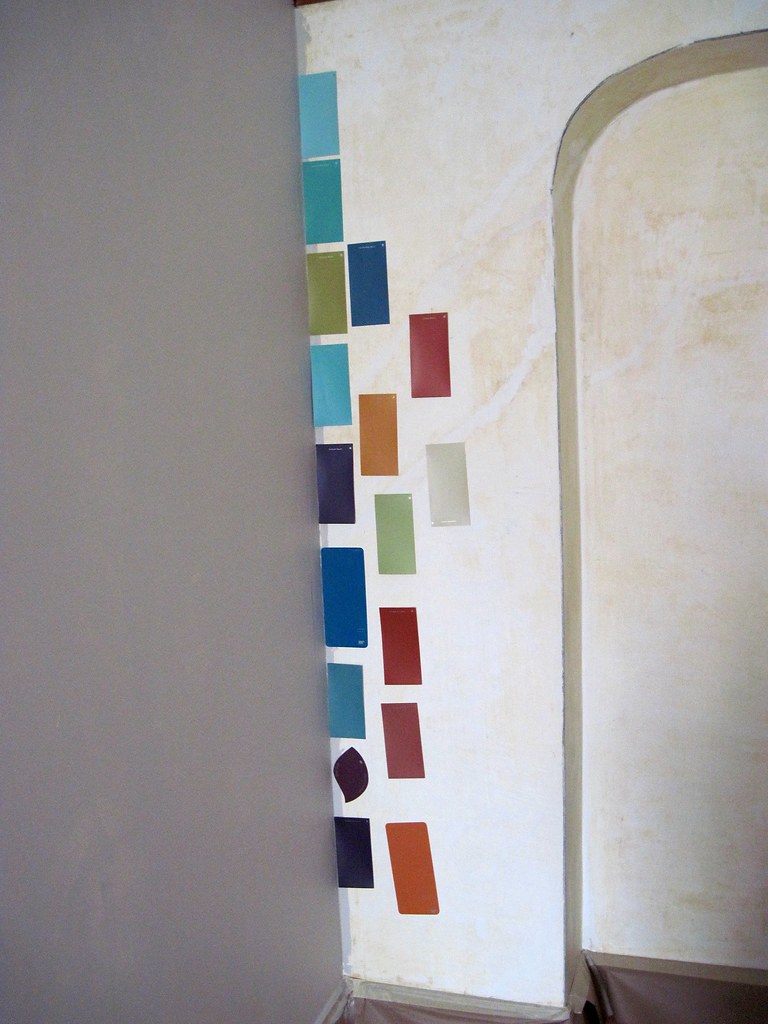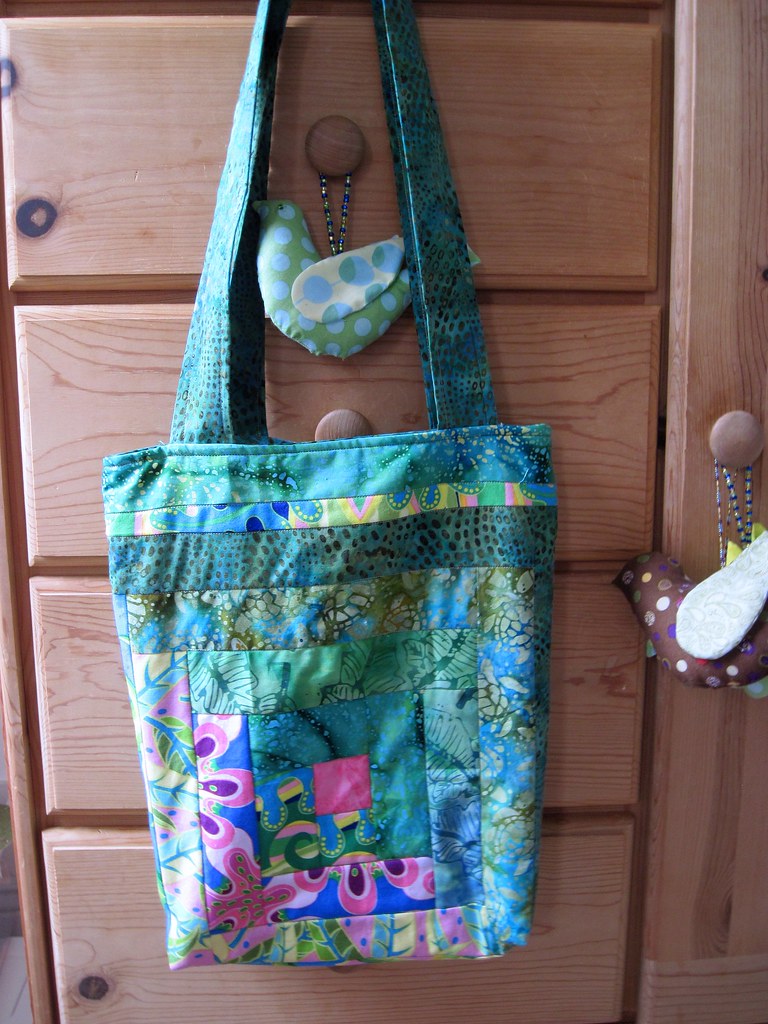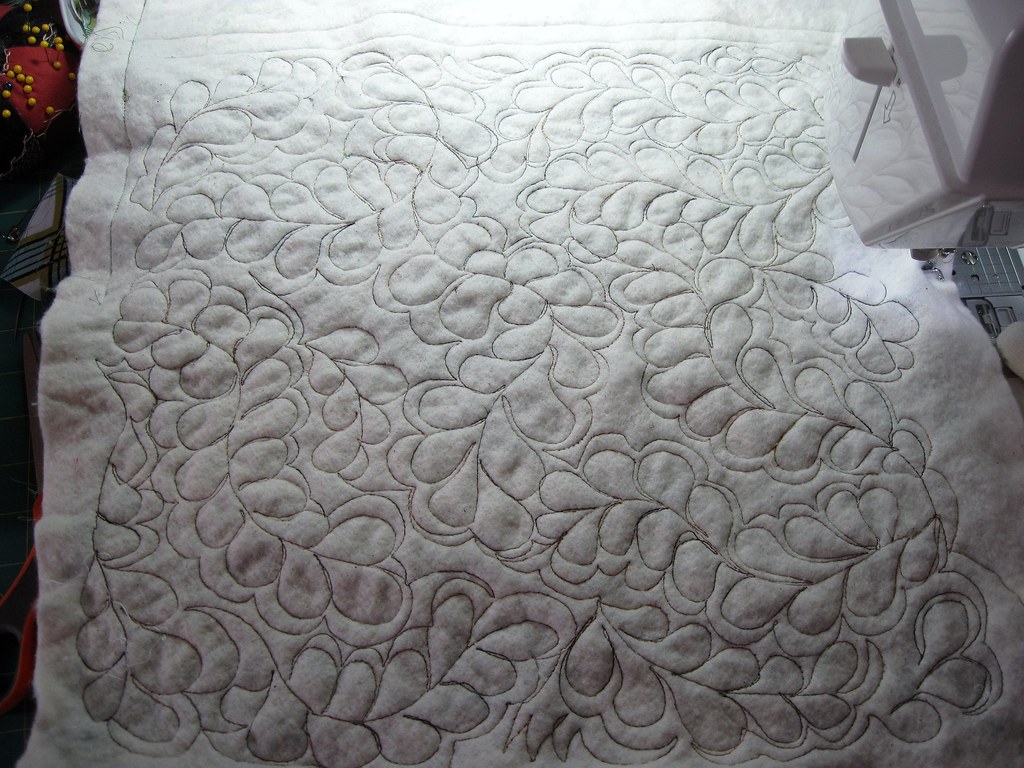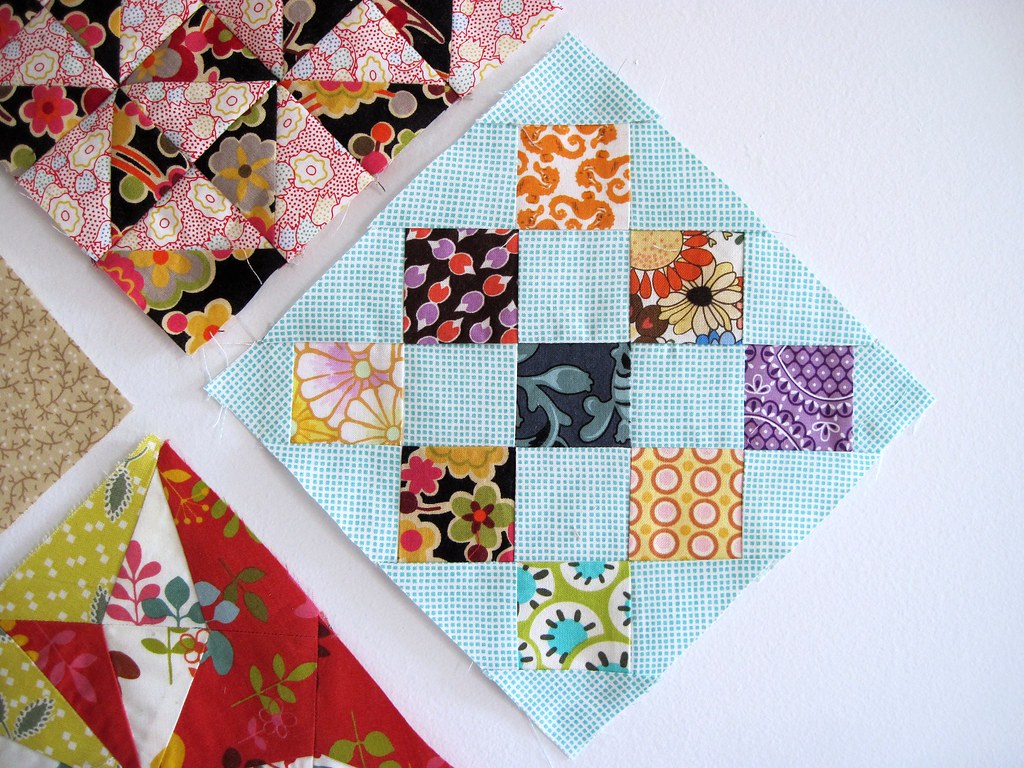 |
| Swirling Leaves |
 |
| Swirling Leaves |
Because the quilt design is double-sided, I spent a lot of time considering how I would quilt this. A few months ago, I had subscribed to receive email updates from Leah Day at The Freemotion Quilting Project but had been so busy with life, I hadn't taken the time to really read and explore her blog. I started spending time on her blog, perusing her designs. By the way, Leah's blog is a fantastic resource for learning and improving one's quilting skills. It's good to know there's a whole world of possibilities out there beyond basic straight line quilting and stippling. On my own I have been exploring free-motion quilting designs over the last several years and in my opinion, the process of quilting seems to be an after thought for many quilters who just want to finish a quilt or feel their skills aren't up the the task.
I decided I wanted a "watery" inspired design. I took Leah's Flowing Lines design as a starting point and added an occasional swirl. Here's my practice piece - I was also auditioning various colored threads:
Excuse the lint! I tried 4 different variegated threads before settling on a Gutterman's in earthy-tones that had went to a black. I liked the shadowy effect of the black areas on the black fabric.
This quilt has been finished for a couple of weeks and I haven't sewed a stitch since then as I've been deep into painting the dining room. In some ways, this reminds me of trying out fabrics for a new quilt:
I'm going with the aqua blue, 4th down from the top. It's Martha Stewart Lagoon MSL125. Wish me luck.


